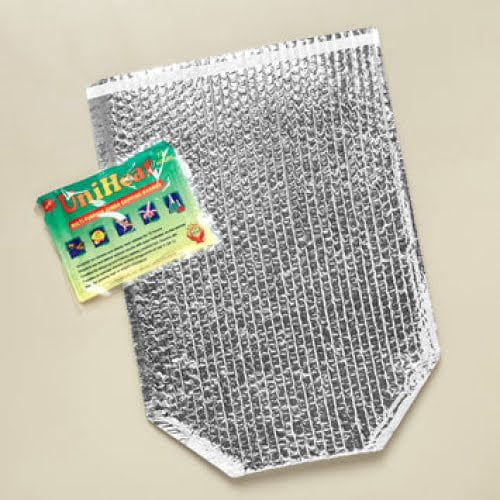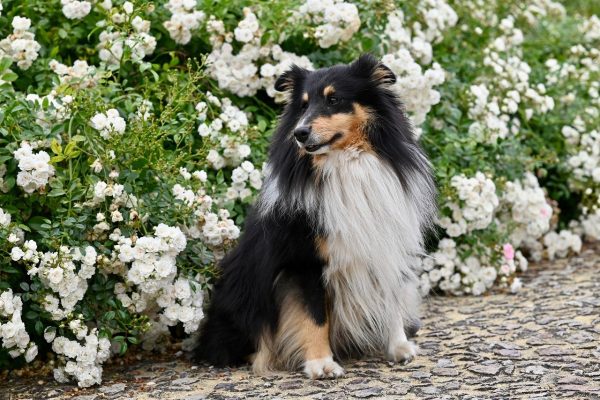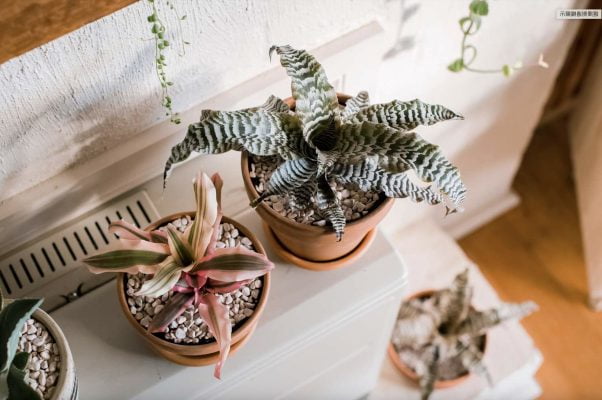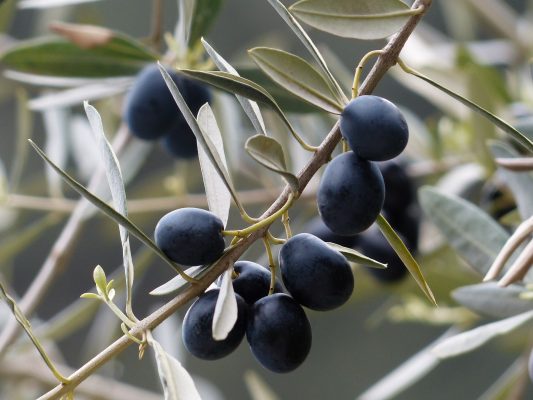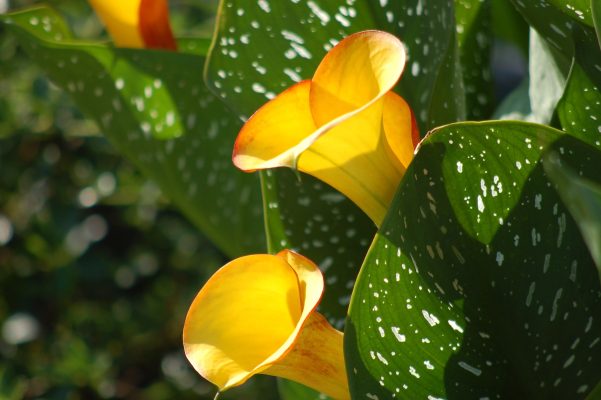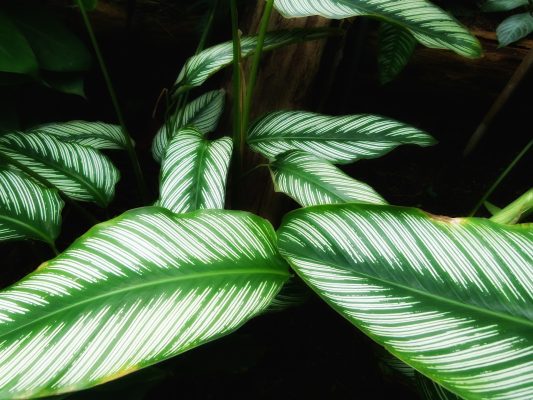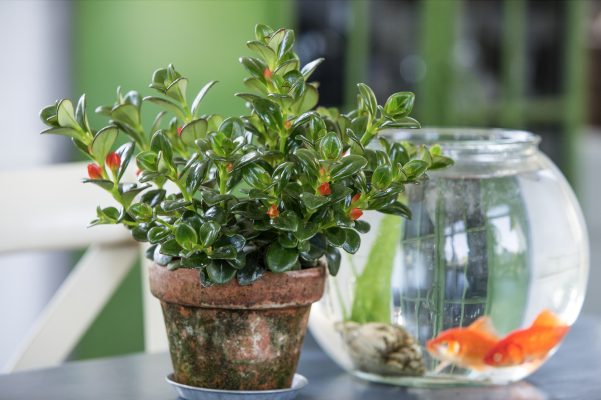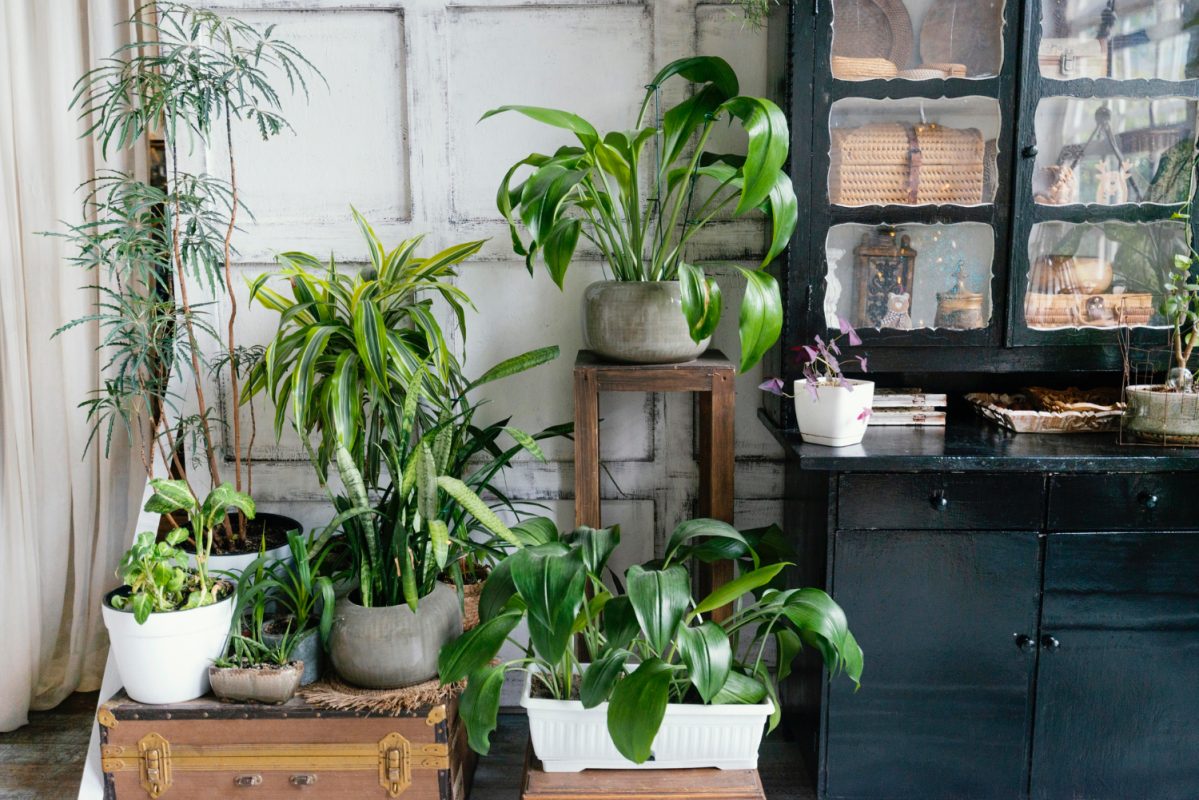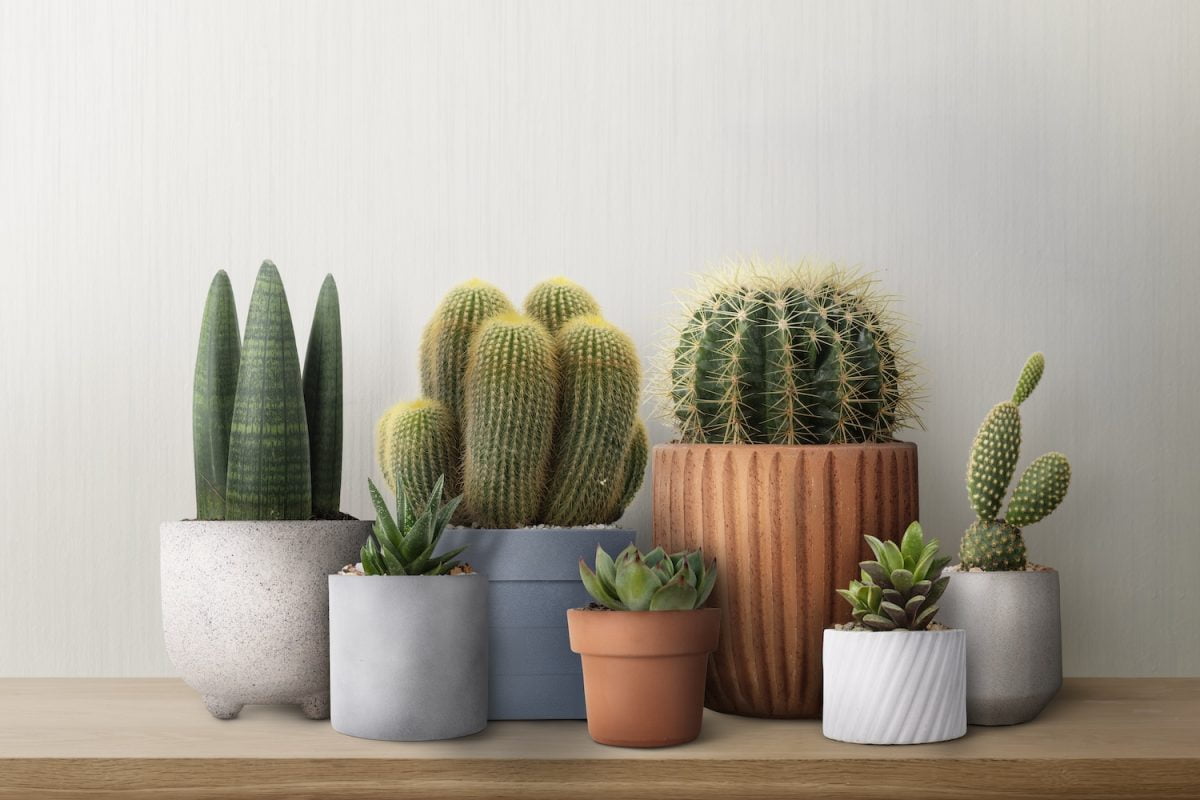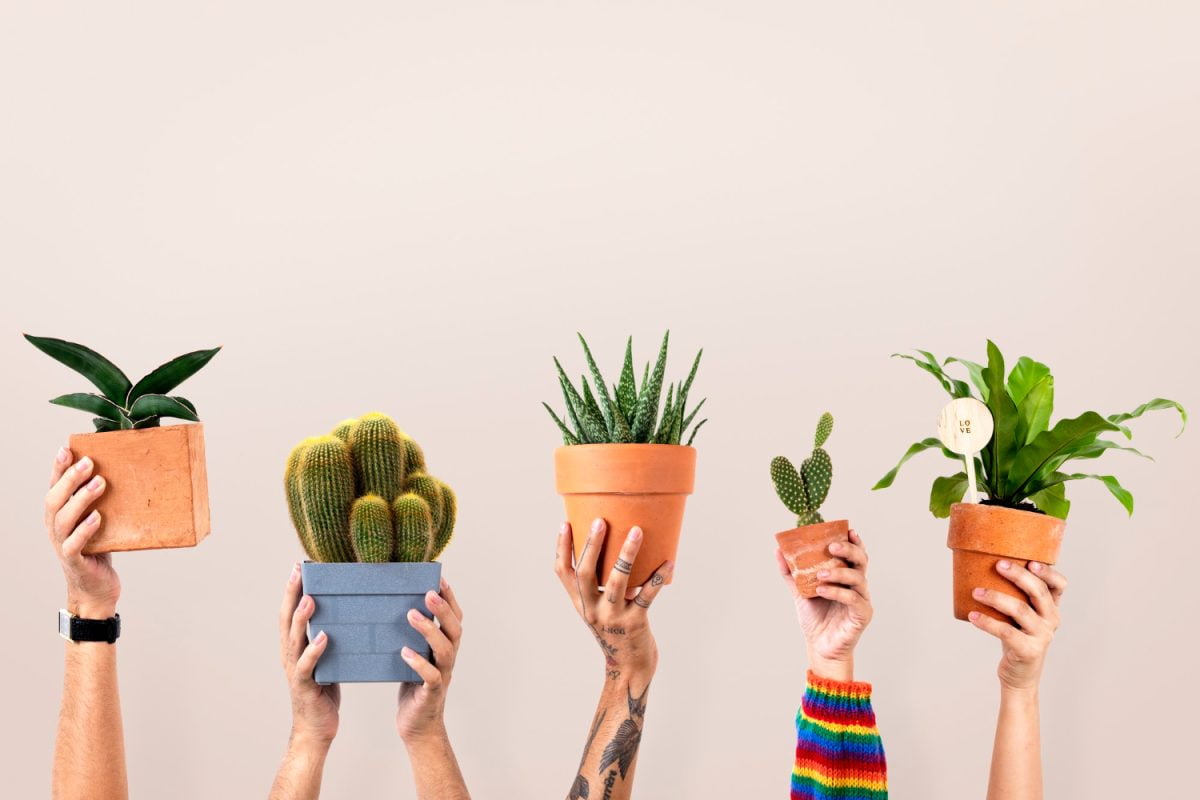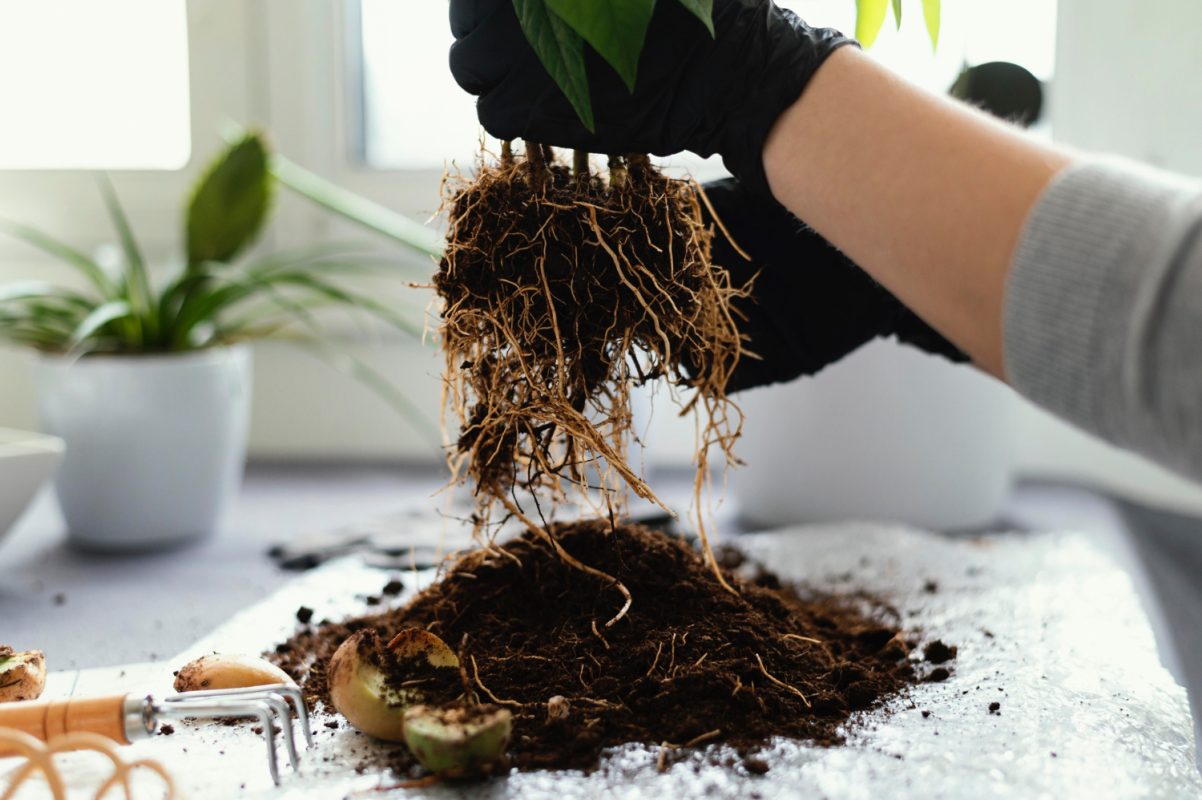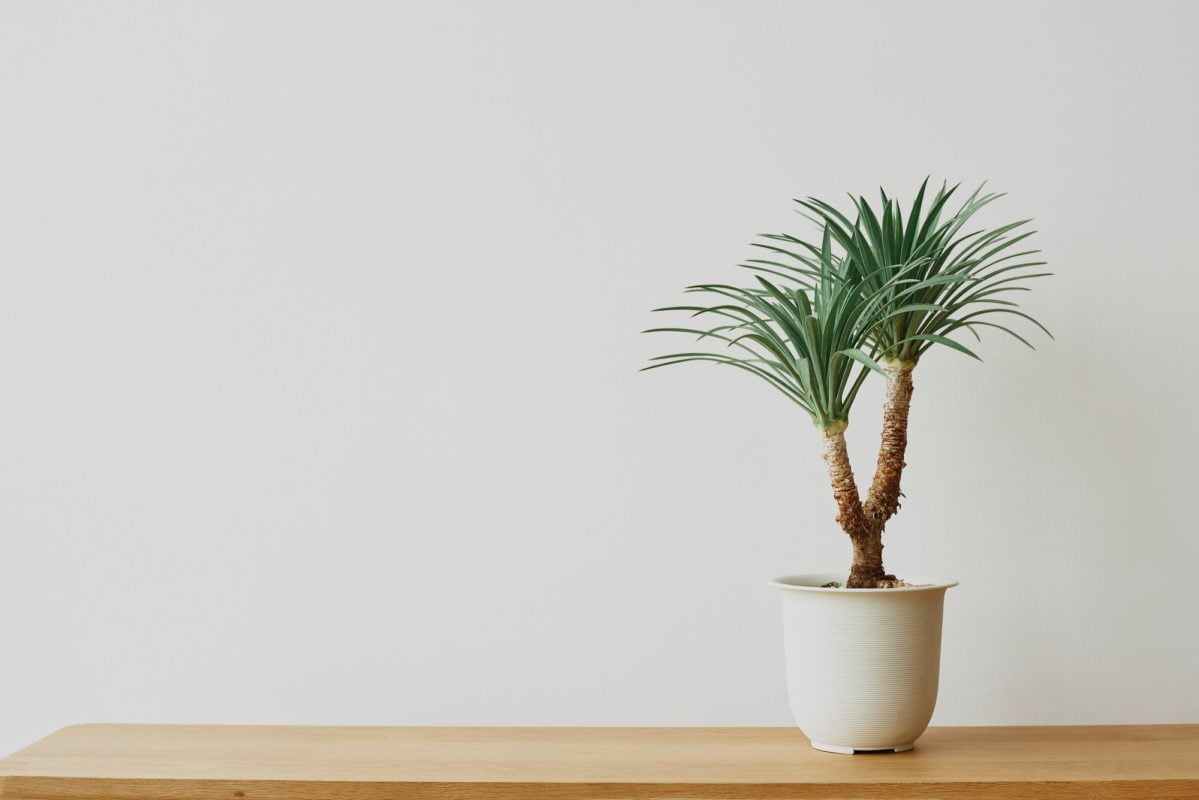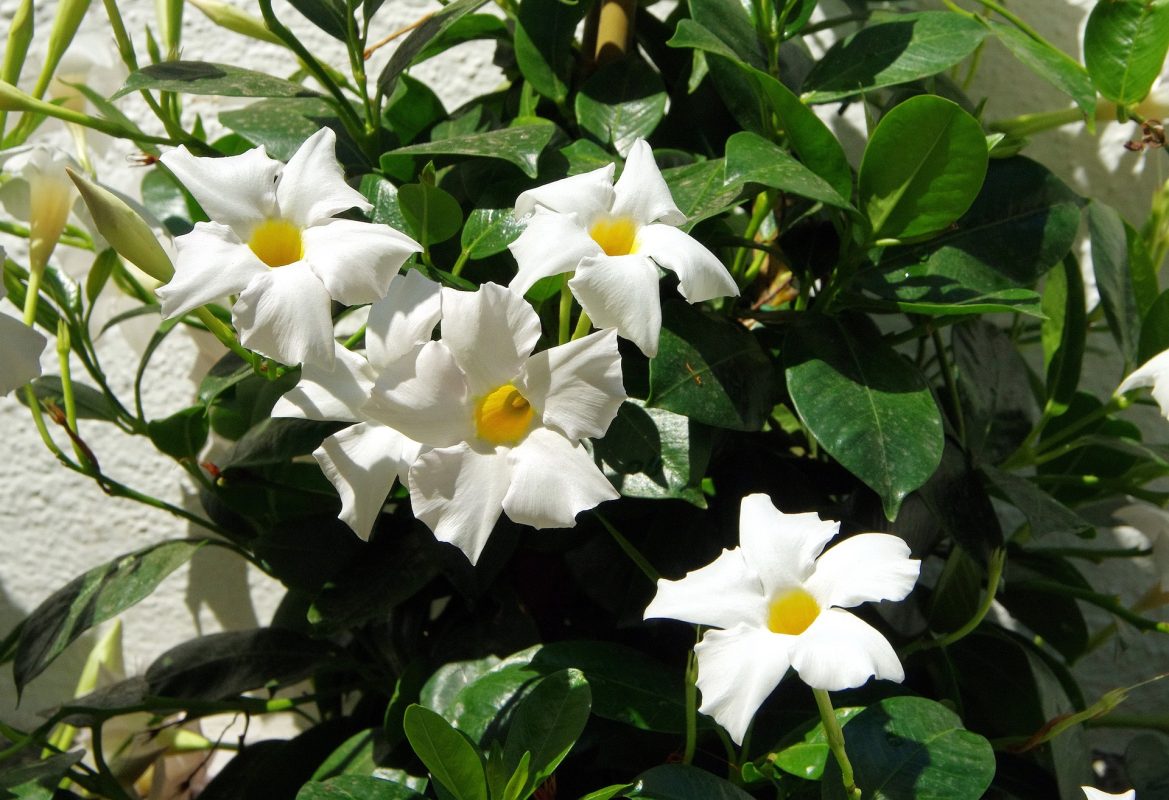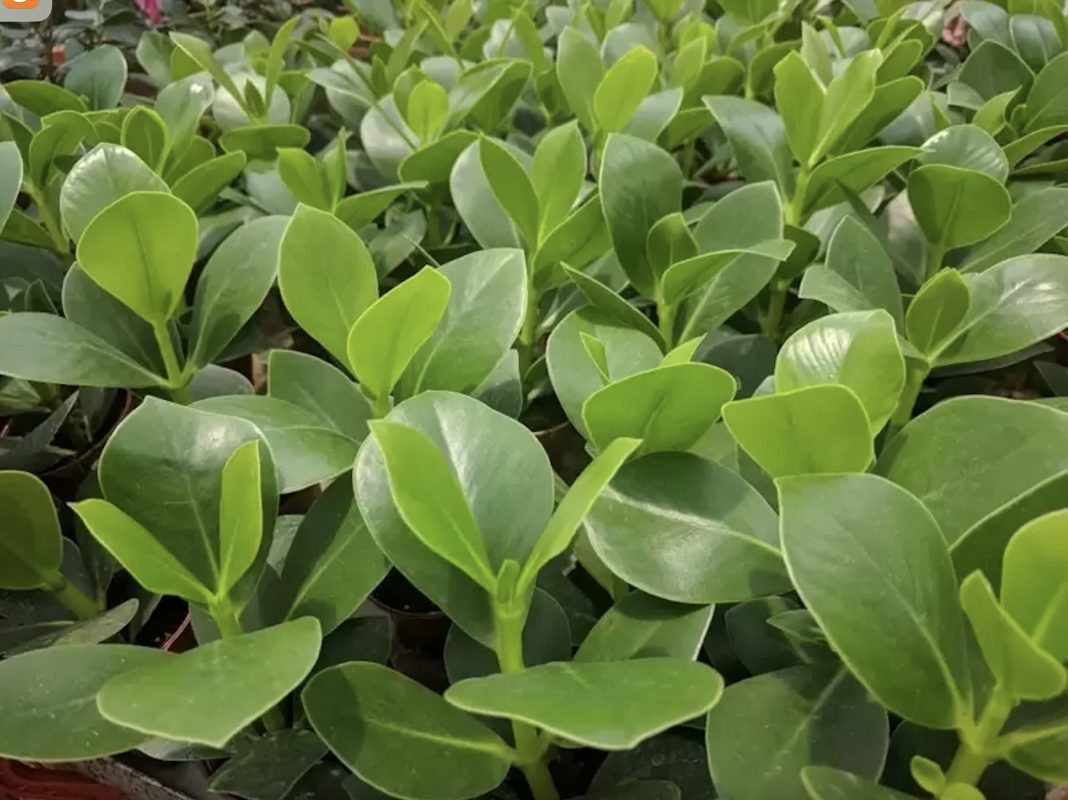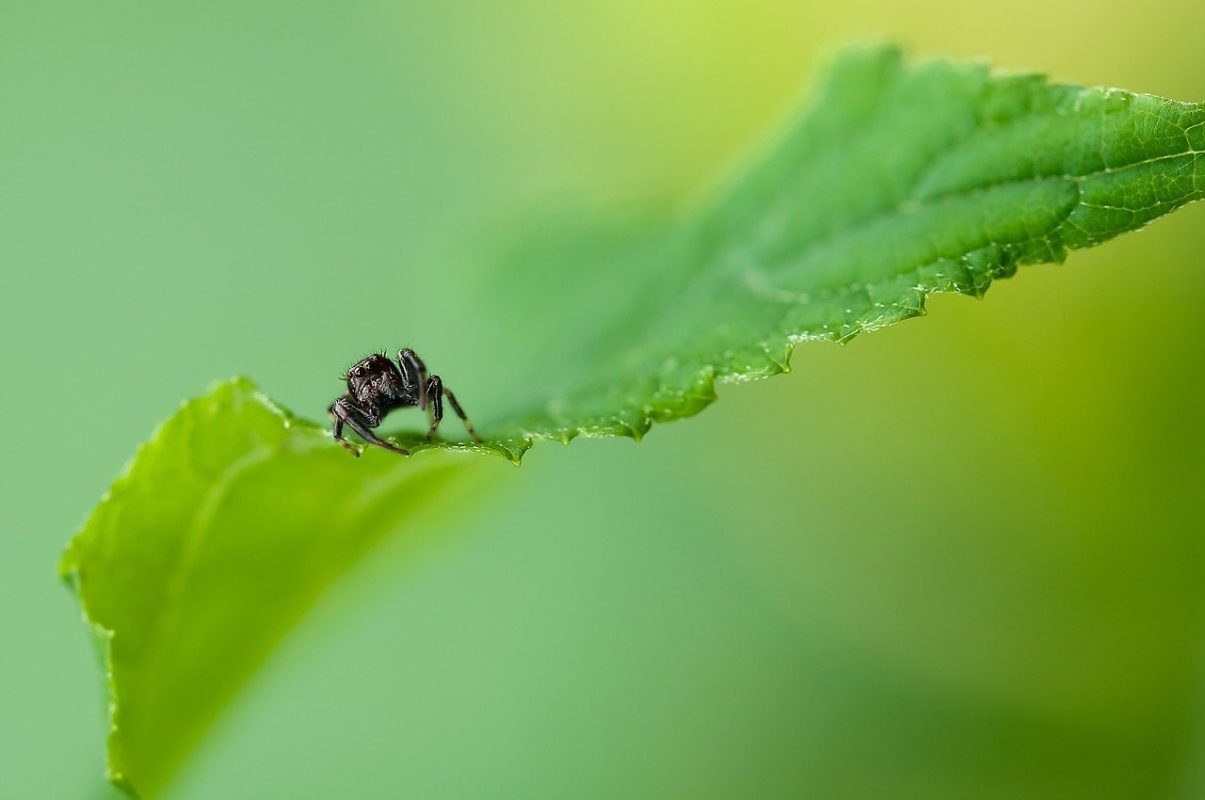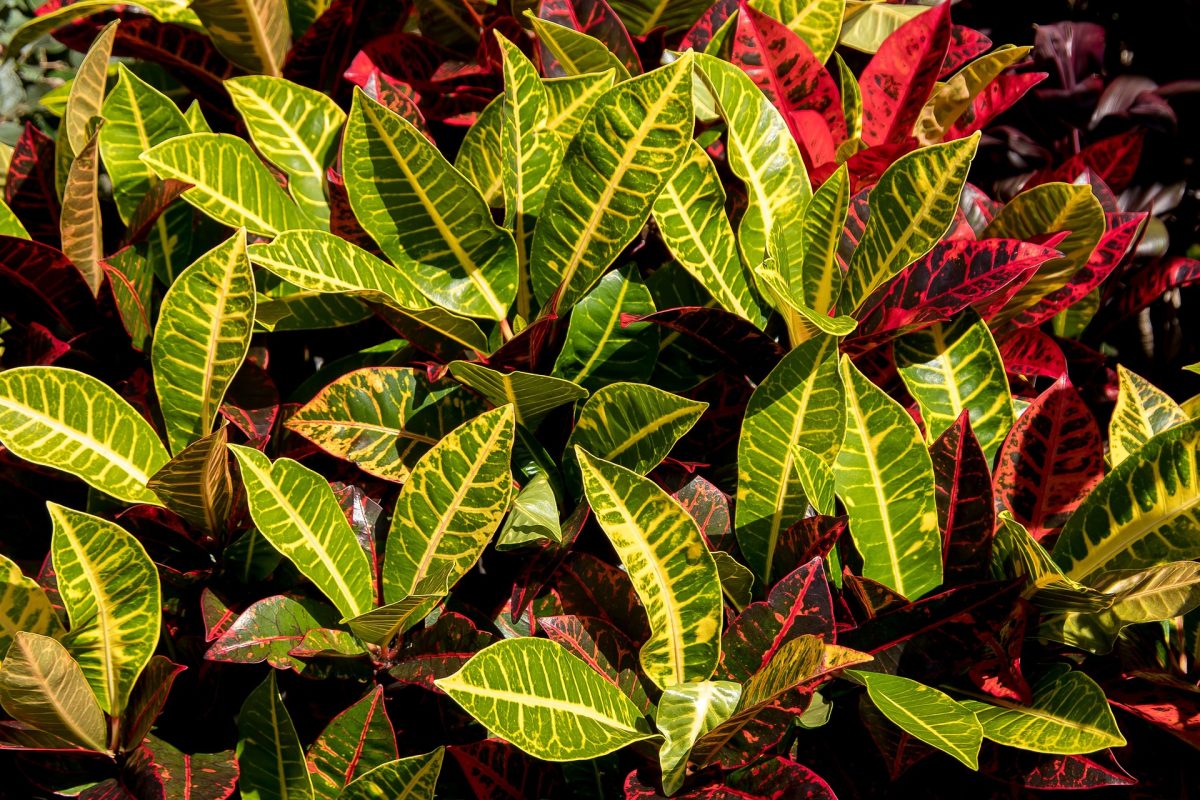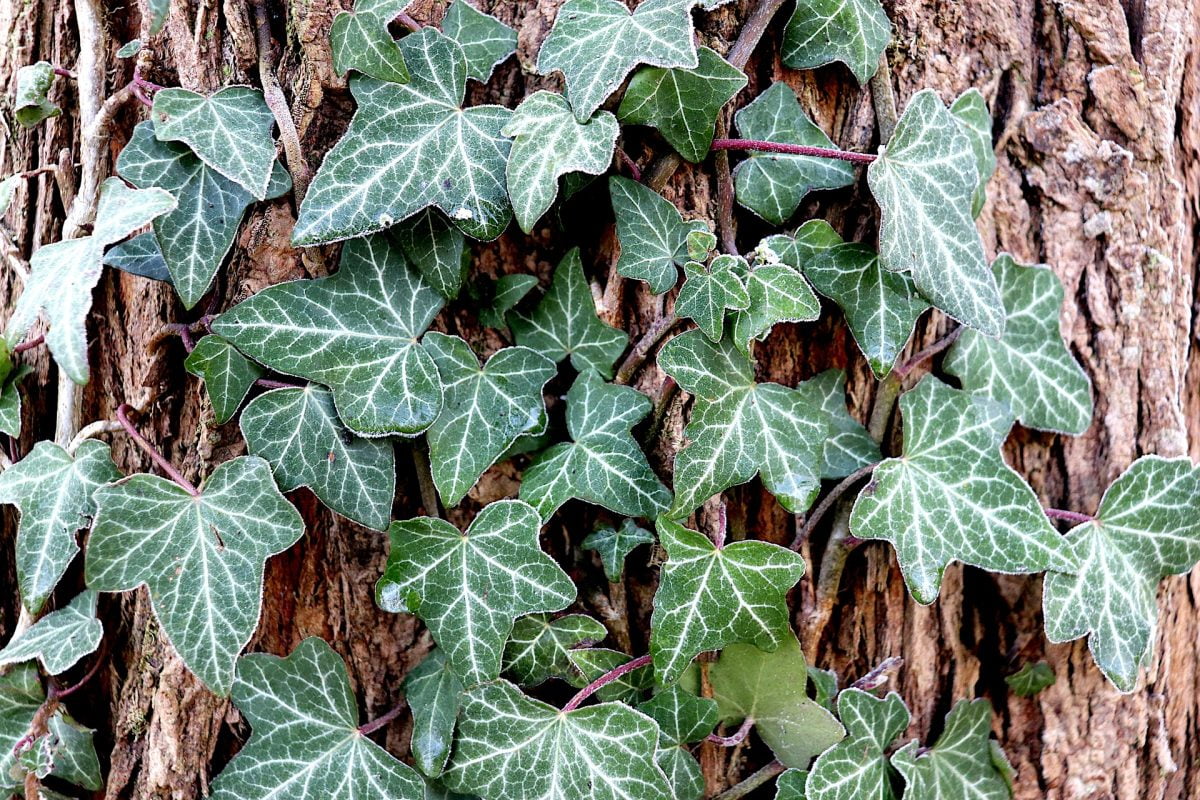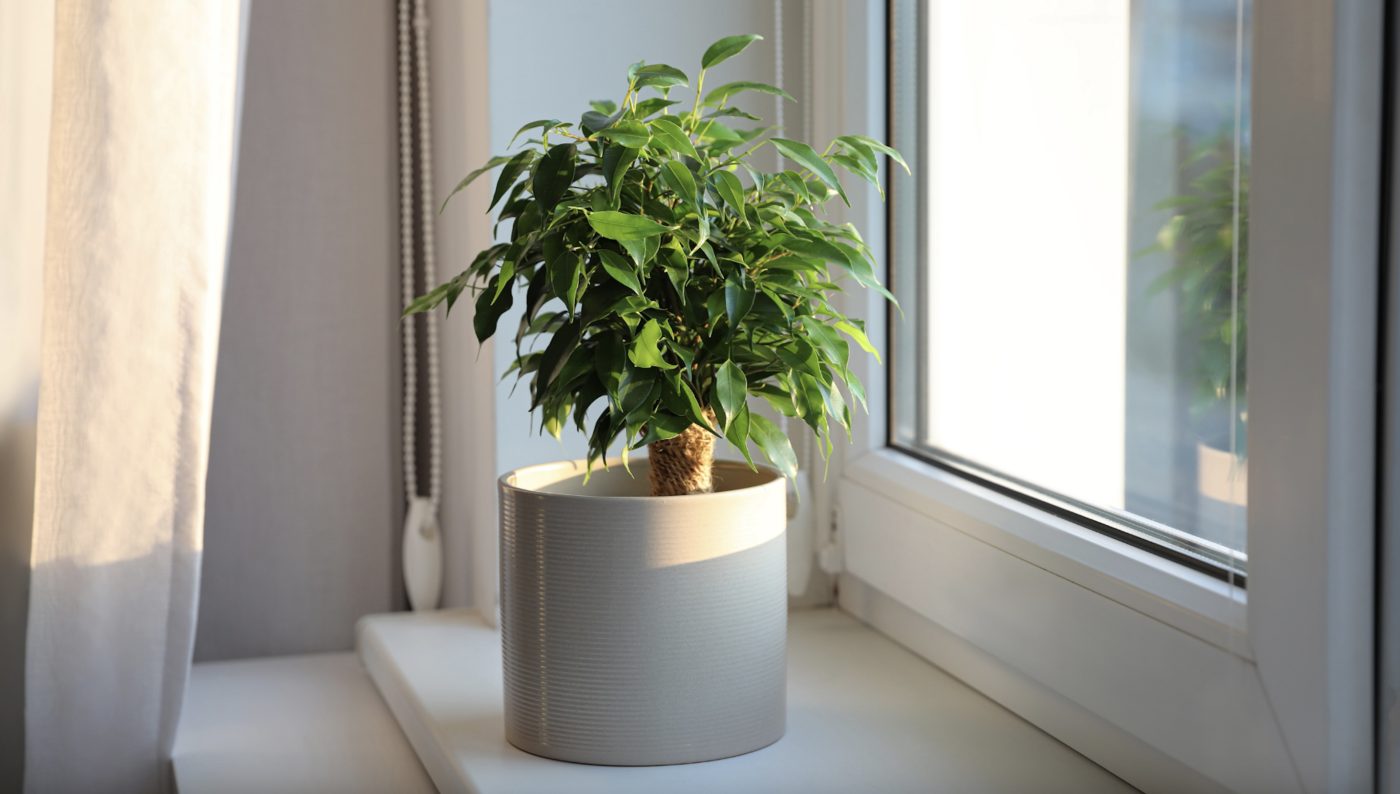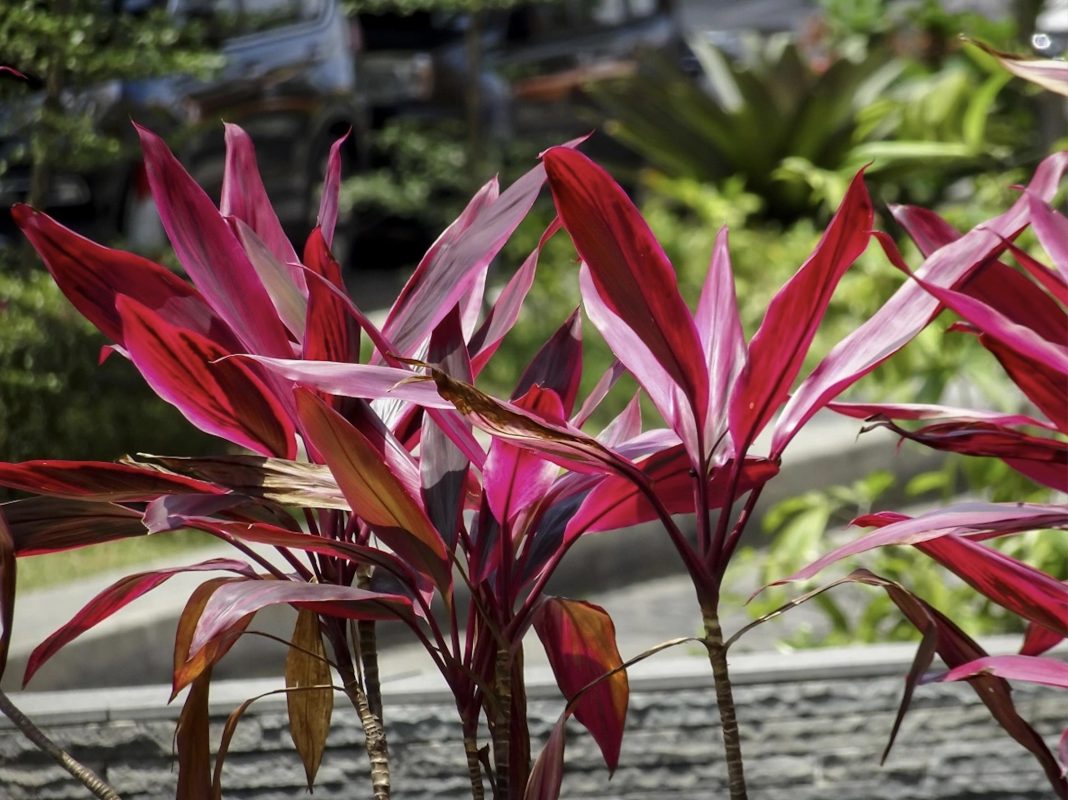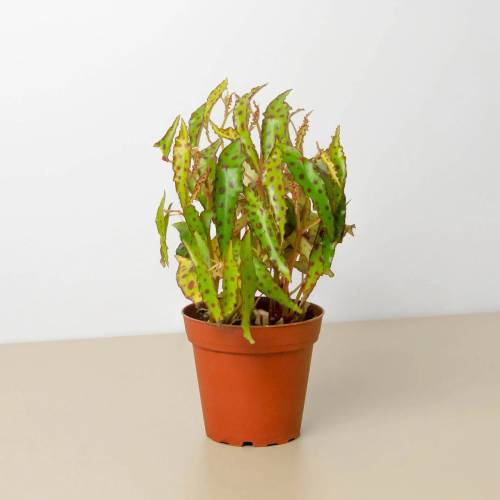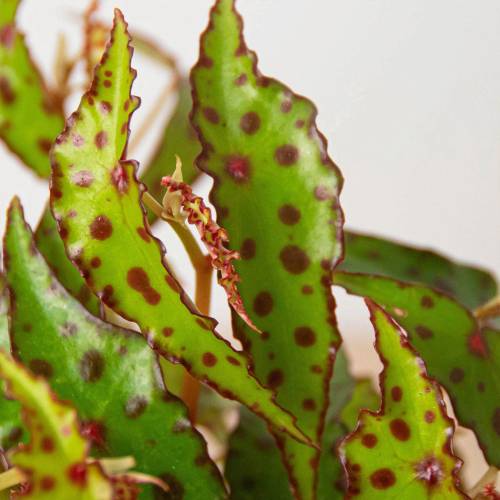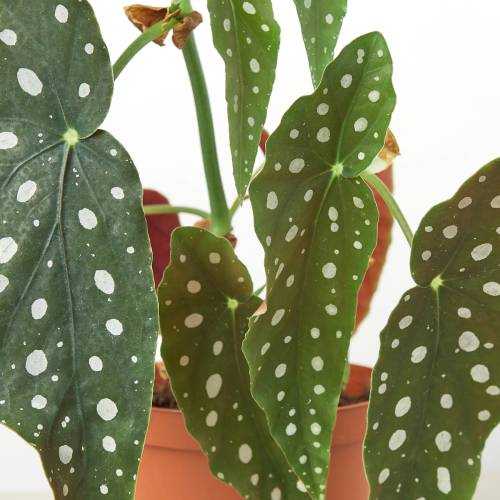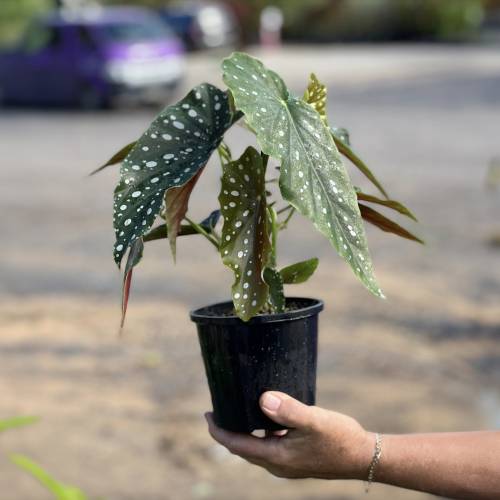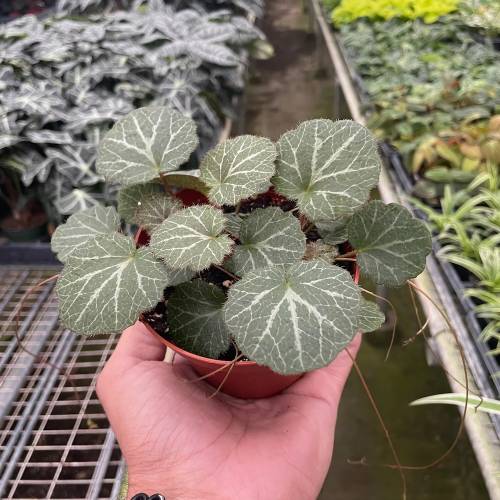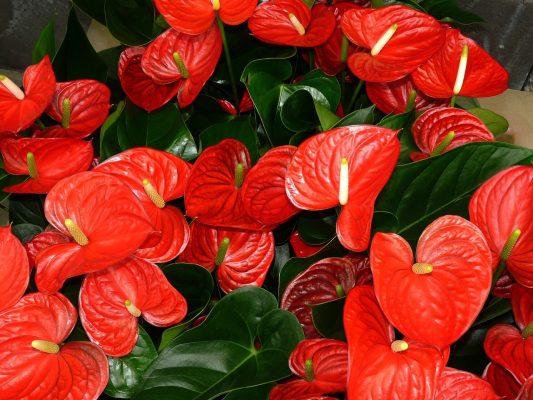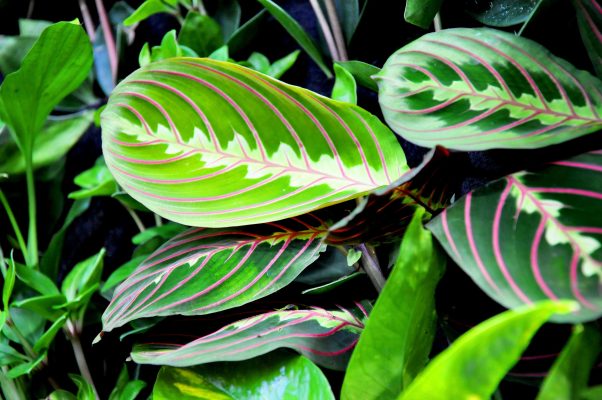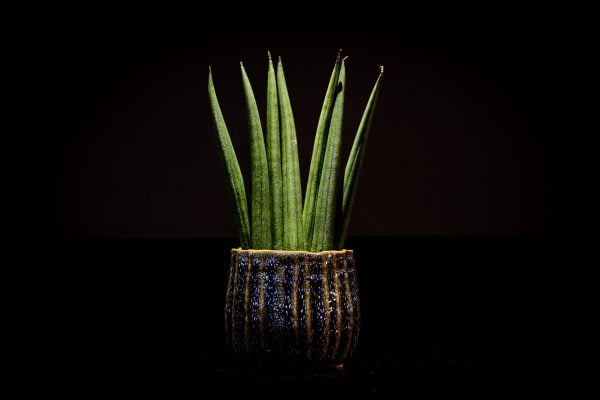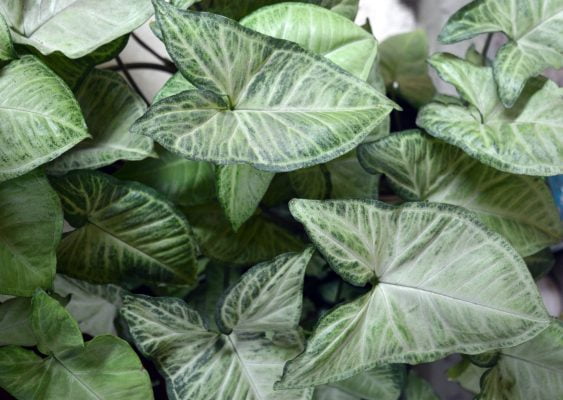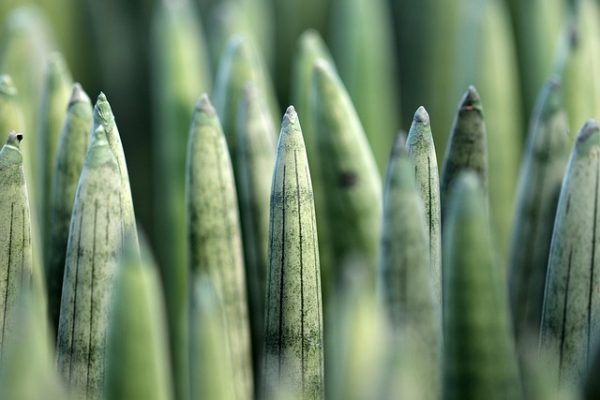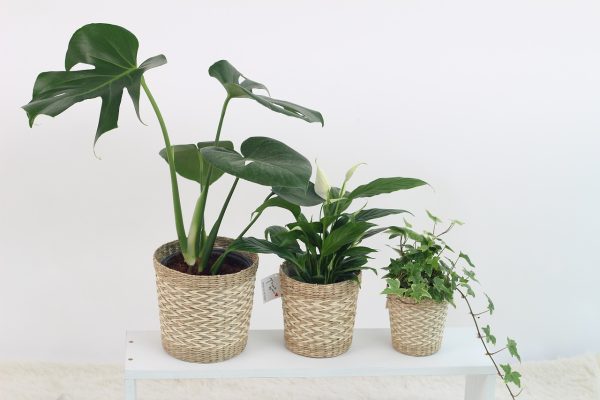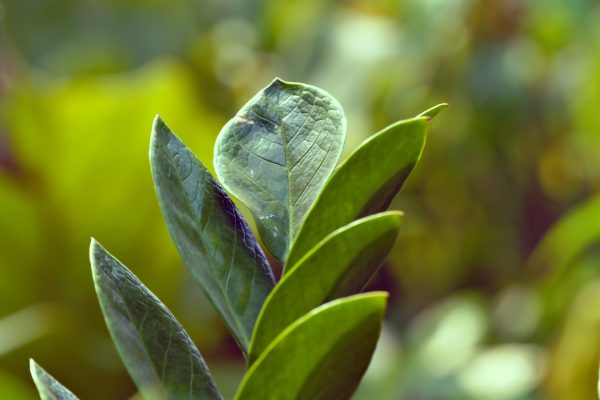Begonias, cherished for their diverse and ornamental foliage, are a family of plants that add a touch of elegance to indoor and outdoor spaces alike. This comprehensive care guide is your handbook for cultivating the graceful beauty of Begonia hybrids, guiding you through the steps to encourage vibrant growth, maintain optimal conditions, and infuse your living space with the natural charm of this diverse and stunning species.
I. Plant Overview:
- Scientific Name: Begonia spp.
- Common Names: Begonia
- Origin: Native to tropical and subtropical regions around the world.
II. Light Requirements:
- Ideal Conditions: Bright, indirect light. Begonias thrive in filtered sunlight.
- Tolerance: Some varieties can tolerate lower light conditions, but bright light is generally preferred.
III. Watering:
- Frequency: Keep the soil consistently moist but not waterlogged. Water when the top inch of soil feels slightly dry.
- Water Quality: Use room-temperature water. Begonias appreciate higher humidity levels.
- Humidity: Adapts well to average indoor humidity levels.
IV. Soil:
- Type: Well-draining potting mix. A blend for tropical plants or a mix of peat, perlite, and pine bark is suitable.
- pH Level: Slightly acidic to neutral (pH 6.0-7.0).
V. Temperature and Humidity:
- Temperature: Maintain a warm environment between 65-75°F (18-24°C).
- Humidity: Begonias appreciate higher humidity levels. Regular misting or using a humidity tray is beneficial.
VI. Fertilization:
- Schedule: Feed every 4-6 weeks during the growing season (spring and summer).
- Fertilizer: Use a balanced liquid fertilizer, diluted to half strength. Reduce fertilization in the dormant season.
VII. Pruning and Maintenance:
- Pruning: Trim to control size and shape. Pinch back regularly to encourage bushier growth.
- Cleaning: Wipe leaves with a damp cloth to remove dust. Remove any yellow or damaged leaves.
VIII. Repotting:
- Frequency: Repot every 1-2 years or when the Begonia outgrows its container.
- Procedure: Gently lift the plant, inspect roots, and repot in fresh soil. Choose a container with drainage holes.
IX. Common Issues and Solutions:
- Yellowing Leaves: Overwatering or underwatering. Adjust watering habits accordingly.
- Pests: Check for mealybugs, spider mites, or aphids. Treat with insecticidal soap.
X. Display Tips:
- Showcase the diverse foliage of Begonias as a centerpiece or in mixed plant arrangements.
- Combine Begonias with other shade-loving plants for a lush and varied garden.
- Experiment with decorative containers to complement the elegant nature of Begonia hybrids.
Cultivating Begonias introduces you to the world of versatile and stunning plants. This guide empowers you to care for Begonia hybrids, ensuring their graceful beauty thrives and enhances the natural allure of your indoor or outdoor environment. Happy gardening!
our recommendation
you may also want to know



